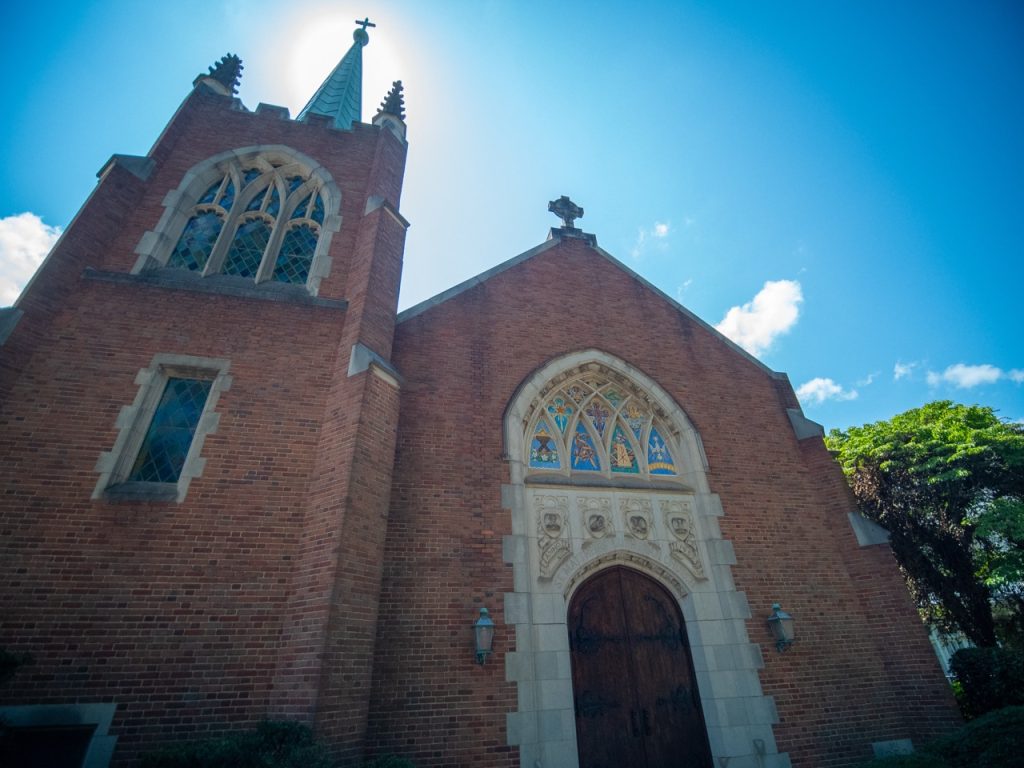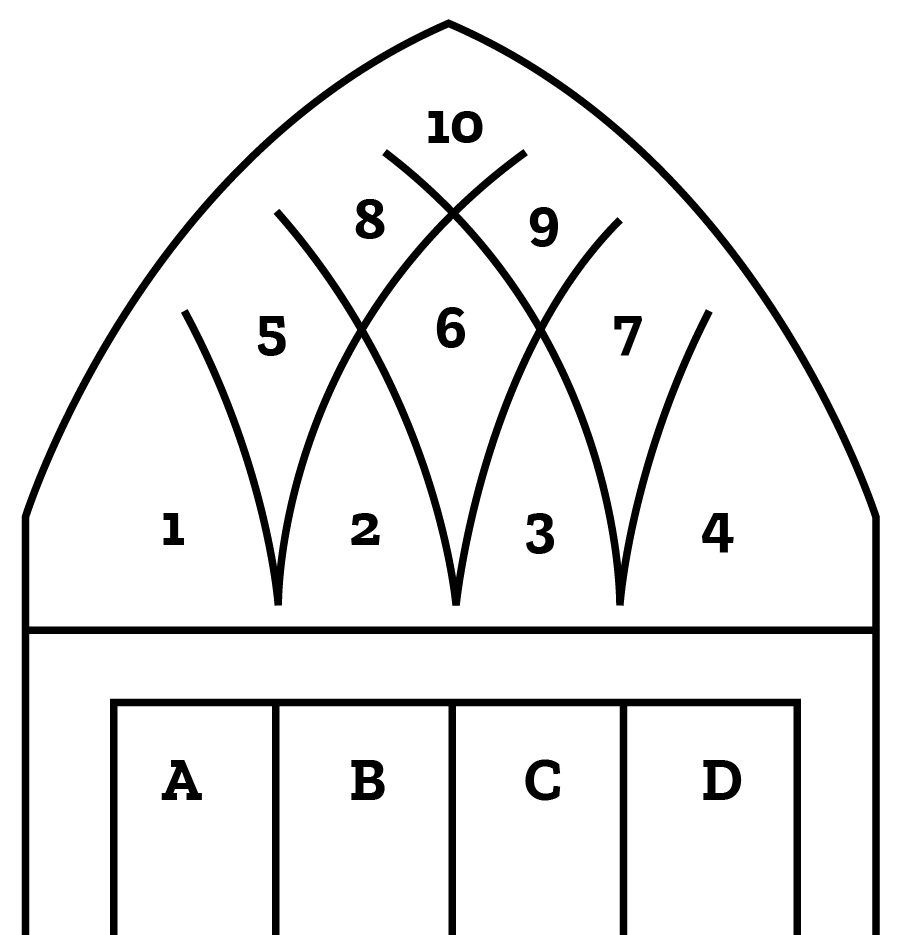150 Years of Saint Matthews
Saint Matthew’s Lutheran Church was chartered in 1876, although the first Lutheran service in Kings Mountain was May 30, 1875. The congregation was organized by a group of young Lutherans who came to the White Plains area (now Kings Mountain) from the Dutch Fork community and from St. Mark’s Church in Gaston County.

History
A decade after the end of the Civil War the idea for St. Matthew’s Evangelical Lutheran Church was born in the hearts of a small group of young settlers who left their home church, St. Mark’s Lutheran, in the Dutch Fork community of Gaston County. Following the completion of the railroad from Washington to Atlanta in 1872 they came to Kings Mountain to raise their families and establish their businesses.
Two years after the City of Kings Mountain was established in 1874, they held the first Lutheran service in Cleveland County on May 30, 1875, in a small frame schoolhouse on the corner of King Street and Piedmont Avenue. St. Matthew’s was chartered and named in 1876 under the leadership of The Rev. J. R. Peterson who became its first pastor.
The ten founding members were Philip Baker, Marcus Carpenter, Anderson Carpenter, J. S. and Juletta Mauney, W. A. and Susan Mauney, L.A. and Catherine McAlister, and Margaret Carpenter Mauney. The cornerstone of the first church at the present-day location on the corner of Piedmont and Ridge was laid on September 7, 1878, and worshipers held services during the construction phase at the Academy on the site of what was to become Central School. The dedication of the new church was held in 1879 and the congregation’s first constitution was adopted in 1880.
Architectural History
The first pastor, The Reverend J. R. Peterson, helped these charter members establish Saint Matthew’s:
- Philip S. Baker
- Marcus M. Carpenter
- Anderson P. Carpenter
- Mr. and Mrs. W. A. Mauney (Susan Ramseur)
- Mr. and Mrs. J. S. Mauney (Juletta Rudisill)
- Mr. and Mrs. L. A. McAlister (Catherine)
- Margaret S. Carpenter Mauney (Mrs. W. Sylvanus)
Sixteen pastors and several interim pastors have led the congregation in its spiritual growth in its one hundred-twenty years. During the pastorate of Dr. William P. Gerberding, the present church building was designed and constructed. His knowledge and contacts made it possible for Saint Matthew’s to have available some of the best minds in the field of church architecture. The present building was completed and dedicated in November 1954.
Architect
Jens Frederick Larson, Reynolda, N.C.
Pews
Southern Desk Company, Hickory, N.C.
Windows, Lights, Mosaic, & Chancel Furniture
George L: Payne, Paterson, N.J.
Outside Railing
Southern Engineering, Charlotte, N.C.
Wrought Iron
L. A. Freund, New York, N.Y.
Pipe Organ
M. P. Moller, Hagerstown, Md.
Bells
Schulmerich Carillons, Sellersville, Pa.

The Front Entrance
Above the massive doors with heavy hand wrought iron hinges are symbols of the four Evangelists carved in stone:
A. MATTHEW - His gospel points to Jesus as a true man; his symbol is a man with wings of gold.
B. MARK - The Lion, symbolizing the strength of Jesus as emphasized in Mark's gospel .
C. LUKE - Symbolized by the "Winged Ox" - Luke's full account of the sacrificial death of Christ suggests the animal most used for sacrifice.
D. JOHN - Because of the sublime height to which his writings soar, his symbol is the Eagle.
The Italian mosaic wall above the entrance depicts nine seasons of the church year.
The four major festivals are on the lower row:
1. Christmas ~ manger or crib
2. Lent - scourges or whips
3. Easter - open and empty tomb
4. Pentecost - the descending dove
Above them are:
5. Epiphany - the star
6. Good Friday - the cross
7. Ascension - the flaming chariot of Elijah
8. Presentation in the Temple - the Baptismal Font
9. Holy Trinity- three fish: an ancient symbol of the Savior
10. Luther's coat of arms - A cross on a heart, resting on the center of the Messianic rose and surrounded by a circle to symbolize eternity.
